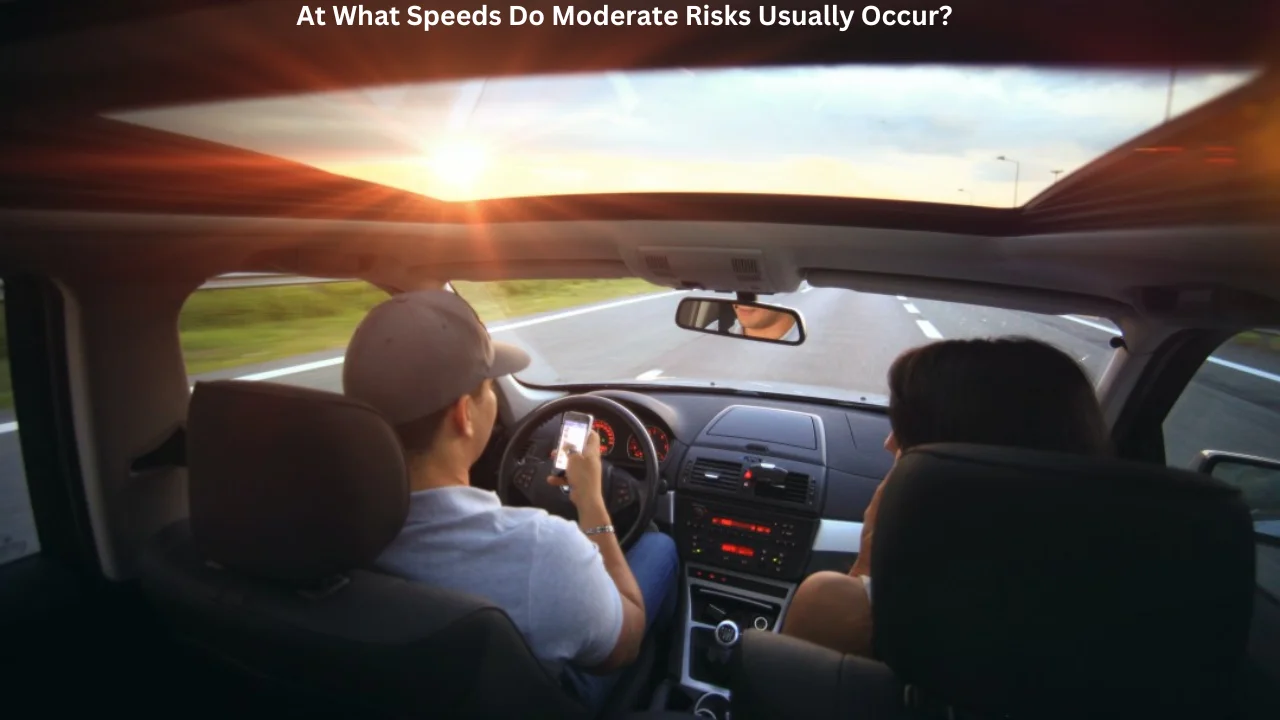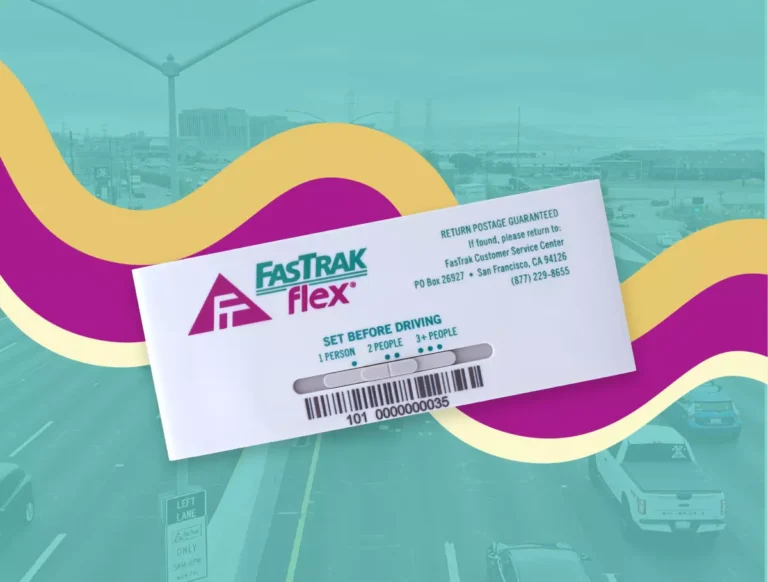At What Speeds Do Moderate Risks Usually Occur?

At What Speeds Do Moderate Risks Usually Occur?, Driving is a skill that requires attentiveness and awareness of surroundings, and speed plays a vital role in road safety. One of the most frequently asked questions. This question is essential for drivers to understand as it can help prevent accidents and ensure road safety. In this article, we will explore different speed ranges and analyze the risk levels associated with each.
What Are Moderate Risks in Driving?
When people ask, at what speeds do moderate risks usually occur? it’s crucial to note that moderate risks typically happen at a range of 45 to 60 mph. These speeds are neither too high nor too low, making them more prone to moderate risks, such as collisions and reduced reaction times. Drivers at these speeds must maintain concentration and react quickly to changing conditions.
Moderate Risks More Likely Between 45 and 60 mph
Speeds between 45 and 60 mph are common on roads like suburban highways or city outskirts. In these areas, drivers often face challenges like merging traffic, pedestrians, and abrupt lane changes. When analyzing at what speeds moderate risks usually occur? it’s clear that:
- Drivers may feel confident and less cautious, assuming they are driving within a safe range.
- Traffic density at these speeds can fluctuate rapidly, increasing the chance of sudden stops or obstacles.
- Visibility issues, such as glare or poor lighting, can be particularly hazardous at these speeds.
Speed, Environment, and Risk Levels
Determining at what speeds do moderate risks usually occur? depends on more than just speed. The environment and driving conditions also play significant roles. On well-maintained roads with good visibility, moderate risks may occur at slightly higher speeds, while poor conditions can increase risks at lower speeds.
For example:
| Speed (mph) | Road Condition | Risk Level |
|---|---|---|
| 45-50 | Well-lit, dry | Low to Moderate |
| 45-50 | Wet, poor lighting | Moderate to High |
| 50-60 | Busy highway | Moderate |
| 50-60 | Rural, sharp curves | High |
Speed Limits Influence Risk Levels
Speed limits are established to guide drivers on safe speed ranges under normal driving conditions. However, even when adhering to speed limits, moderate risks can still occur. So, at what speeds do moderate risks usually occur? Often, it’s at or just below the posted speed limits in busy areas or highways.
Consider a driver on a 55 mph highway during rush hour. While driving at the speed limit, the increased traffic can lead to frequent lane changes and reduced gaps between vehicles. Such conditions increase the probability of accidents, even when driving within the posted limits.
Factors Influencing
When evaluating at what speeds do moderate risks usually occur? it’s essential to consider several factors:
Traffic Density: Moderate risks increase when there are more vehicles on the road. At 45-60 mph, drivers need to be vigilant of surrounding cars.
Road Design: Roads with curves or multiple lanes tend to have a higher risk level. These features require drivers to be more responsive and careful.
Weather Conditions: Rain, fog, or snow can amplify the risk level, even when driving at moderate speeds.
Driver Behavior: Distractions like mobile phone use or fatigue can lead to dangerous situations, even at speeds deemed safe.
Real-Life Examples
The query is, at what speeds do moderate risks usually occur? can be understood by examining real-life cases. For instance, a study by the Insurance Institute for Highway Safety (IIHS) found that drivers between 45 and 55 mph in urban areas had a higher likelihood of accidents due to frequent stops and intersections.

Another example is on suburban highways, where drivers traveling at 50-60 mph are more prone to moderate risks. These roads often have merging lanes and exits, creating potential conflict points where drivers need to be cautious.
Safety Tips to Reduce Moderate Risks
Knowing at what speeds do moderate risks usually occur? is the first step. The next step is implementing safety measures to mitigate these risks:
Maintain a Safe Distance: Keeping a reasonable distance from the vehicle ahead provides ample reaction time.
Adjust Speed According to Conditions: Lower speeds in adverse weather or heavy traffic can prevent accidents.
Stay Alert: Avoid distractions, and stay focused on the road, especially at moderate speeds where quick reactions may be necessary.
Reaction Time at Moderate Speeds
Reaction time plays a significant role in determining at what speeds do moderate risks usually occur? At 45-60 mph, a driver’s ability to respond to sudden changes is crucial. Even a slight delay in reaction can increase the risk of a collision. For instance:
| Speed (mph) | Reaction Time (seconds) | Stopping Distance (feet) |
|---|---|---|
| 45 | 1.5 | 195 |
| 55 | 1.5 | 245 |
| 60 | 1.5 | 290 |
As seen, the stopping distance increases significantly at higher speeds, leaving less room for error.
Speed Transitions Affect Risk Levels
Another factor to consider when analyzing is at what speeds do moderate risks usually occur? is speed transition. Abrupt speed changes, like suddenly slowing down from 60 to 45 mph, can create moderate risks. These transitions often happen when approaching exits or entering residential areas.
Frequently Asked Questions
What is considered a moderate speed risk?
Moderate speed risk usually occurs between 45 and 60 mph, where drivers may encounter merging lanes, curves, or traffic fluctuations.
At what speeds do moderate risks usually occur?
Moderate risks typically occur between 45 and 60 mph. These speeds present a balance of safety and risk depending on traffic and environmental conditions.
Why are speeds between 45 and 60 mph more risky?
These speeds are common on highways and suburban roads, where vehicles interact frequently, increasing the potential for accidents.
How can I reduce risks when driving at moderate speeds?
Maintain a safe distance, stay alert, and adjust your speed according to road and weather conditions to minimize moderate risks.
Conclusion
So, at what speeds do moderate risks usually occur? As discussed, these risks typically emerge between 45 and 60 mph, depending on the environment and driving conditions. Factors like road quality, weather, and driver behavior also play a critical role in determining risk levels. By staying informed and adopting safety measures, drivers can minimize these risks and ensure safer journeys.






